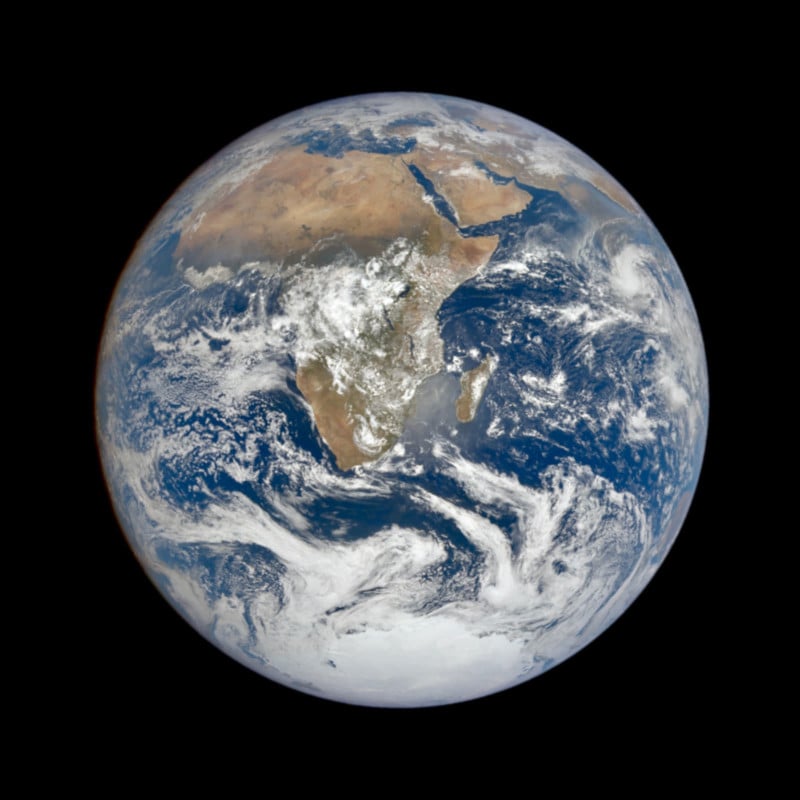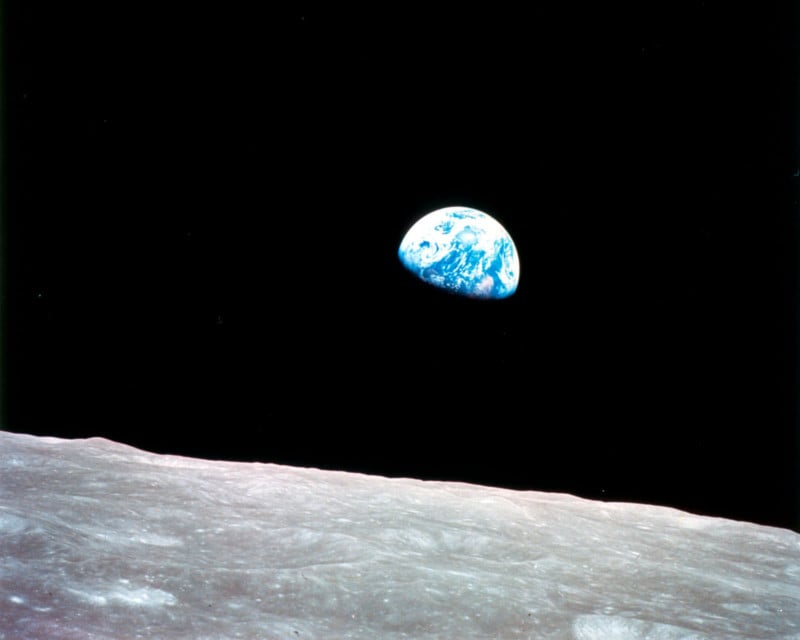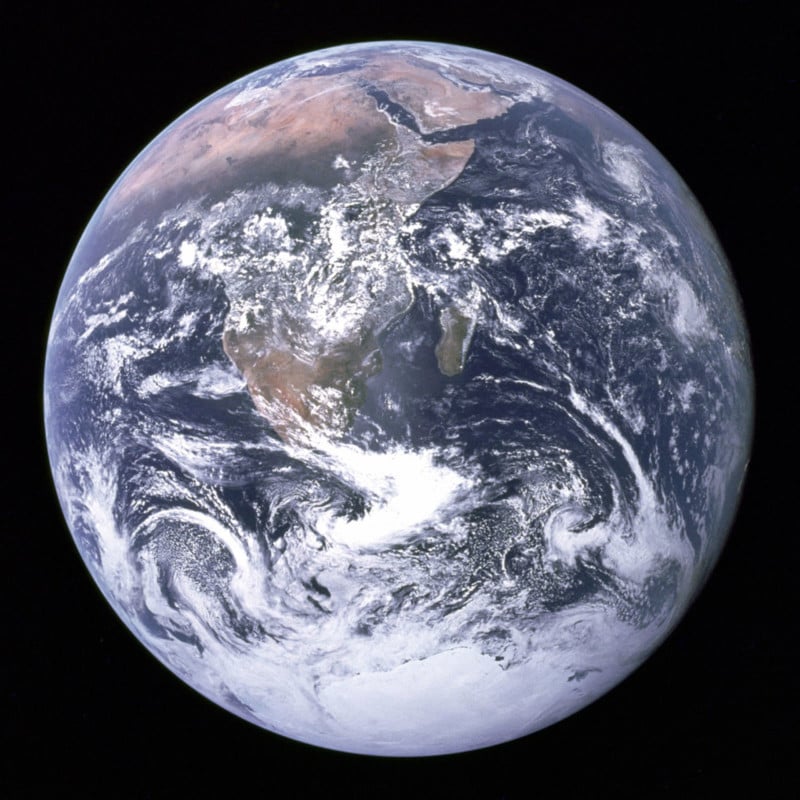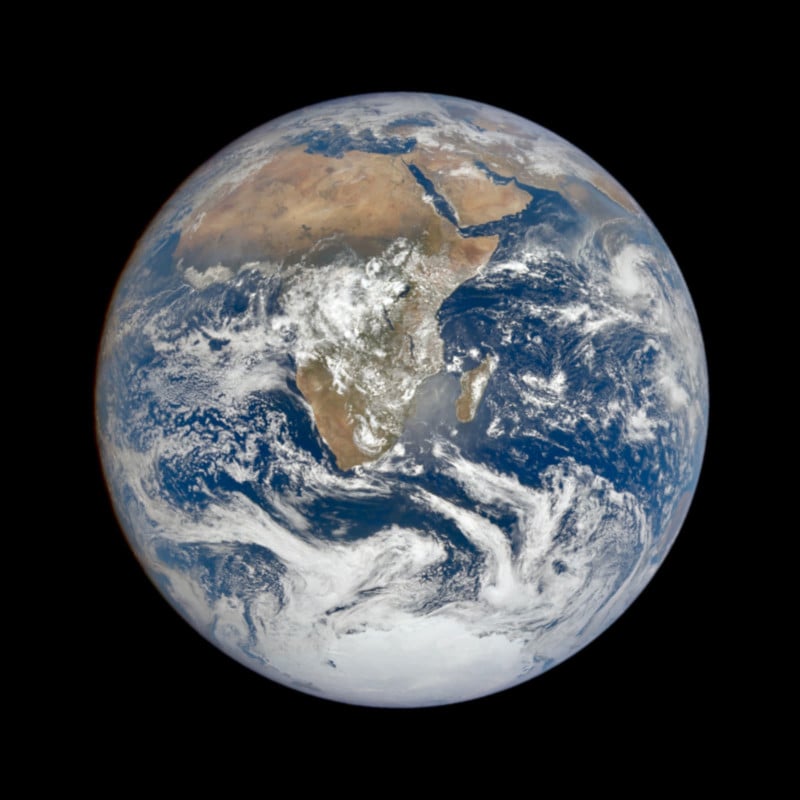‘Blue Marble’: How Half a Century of Climate Change Has Altered the Face of the Earth

In December 1972, NASA’s final Apollo mission (Apollo 17) took the iconic “Blue Marble” photo of the whole Earth. Many, including science fiction writer Arthur C. Clarke, had expected that the sight of Earth from afar would instill the belief that mankind’s future lay in space.
But that portrait is now a historical artifact. Fifty years later, on December 8, 2022, NASA took a new image of Earth from its Deep Space Climate Observatory approximately 1.5 million kilometers away. The photo reveals clear changes to the face of the Earth, some of which are indicative of 50 years of climate change.
Sparked Environmentalism

The first photos taken of Earth from space were momentous historical events. In 1966, the robotic Lunar Orbiter 1 (the US’s first spacecraft to orbit the Moon) sent back some early pictures including a black-and-white image of a partly shadowed Earth. The following year, a satellite called ATS-3 took the first color image of Earth.
Then in 1968, the crew of Apollo 8 became the first humans to see and photograph Earth from space. They took various photos through the capsule’s windows, including the famous photo known as “Earthrise”.

This photo energized the environmental movement and helped to launch the first Earth Day in 1970. Held on April 22 each year, Earth Day now involves over a billion people worldwide in activities that support environmental protection.
In 1972, NASA – aware of the public value of Earth images – resolved to capture an image of the whole Earth as Apollo 17 moved away from Earth orbit. Lit by the Sun and taken at a distance of 33,000 km, the photo included the first view of Antarctica from space. The image centered on Africa rather than Europe or America and became a photographic manifesto for global justice.
The Earth also provided the only visible color in space. Dominated by blue light, water, and clouds, it appeared a unique environment that displayed no signs of human activity. “We live inside a blue chamber, a bubble of air blown by ourselves,” wrote cell biologist Lewis Thomas in 1973.
This was also the decade in which climate scientist James Lovelock put forward the Gaia theory of the Earth as a self-regulating set of combined living and non-living systems. “Earth systems science”, as it is now known, unites scientific understanding of the planet, its biosphere, and its changing climate.


The Impact of Climate Change
In December 2022, NASA’s new Blue Marble photograph was compared with the original image at the University of Portsmouth’s “The whole Earth: Blue Marble at 50” conference. Since 1972, the planet has visibly changed.
The Antarctic ice sheet has visibly reduced in size, even though the main losses to the Larsen ice shelves on the Antarctic Peninsula are not visible in this particular image. Differentiating between the permanent ice sheet and seasonal sea ice is also difficult. When the new photo was taken, sea ice was still in retreat from the previous winter.
While it can be hard to differentiate between snow and cloud in satellite images, in the original photo, some snow appears to be visible on the Zagros and Central mountain ranges in Iran (north of the Arabian Gulf). This snow has vanished entirely in the new image. However, this is again within the range of seasonal variation, and research has failed to identify any significant long-term trend in seasonal snow cover in Iran between 1987 and 2007.
Most striking is the reduction in dark green vegetation in the African tropics, particularly at their northern extent. The dark shadow of Lake Chad in the northern Sahara has shrunk, and forest vegetation now begins hundreds of miles further south.
This is consistent with evidence of desertification in north Africa’s Sahel region. Research found that tree density in the western Sahel declined by 18% between 1954 and 2002. And the UN Food and Agriculture Organization estimates that between 1990 and 2010, Africa lost 3–4 million hectares of forest per year, a large proportion in the Sahel.
Madagascar’s once-green landscape is now mainly brown. Long renowned for its ecological richness, the country is now classified as a “biodiversity hotspot”, a term given to a region with significant levels of biodiversity that is threatened by rapid habitat loss.
Many species that are found exclusively in Madagascar, including the Malagasy giant jumping rat, are now at risk of extinction. The population declined by 88% between 2007 and 2019.
The original Blue Marble photo symbolized a historical turning point, from faith in unlimited progress to understanding the limitations of the planetary environment. Most satellite technology is now focused on servicing and understanding the Earth, and space exploration has confirmed just what a unique planet we inhabit.
The former Star Trek actor William Shatner felt this powerfully on his brief ride into space in 2021. On his return, he remarked: “I discovered that the beauty isn’t out there, it’s down here with all of us.”
The evidence of 50 years of environmental degradation is before our eyes. The space mission that really matters now is the mission to save Earth.
![]()
About the author: Robert Poole is a Professor of History at the University of Central Lancashire, Nick Pepin is a Reader in Climate Science at the University of Portsmouth, and Oliver Gruner is a Senior Lecturer in Visual Culture at the University of Portsmouth. The opinions expressed in this article are solely those of the authors. This article was originally published at The Conversation and is being republished under a Creative Commons license.